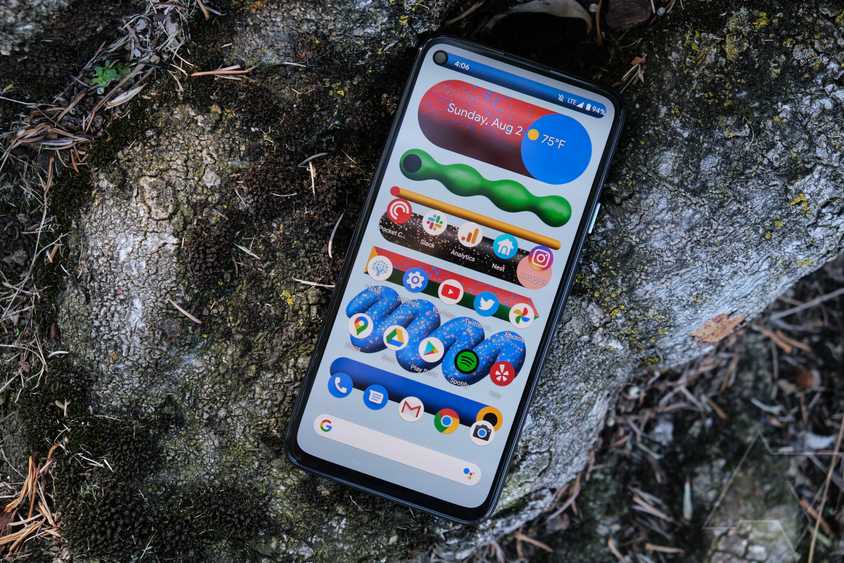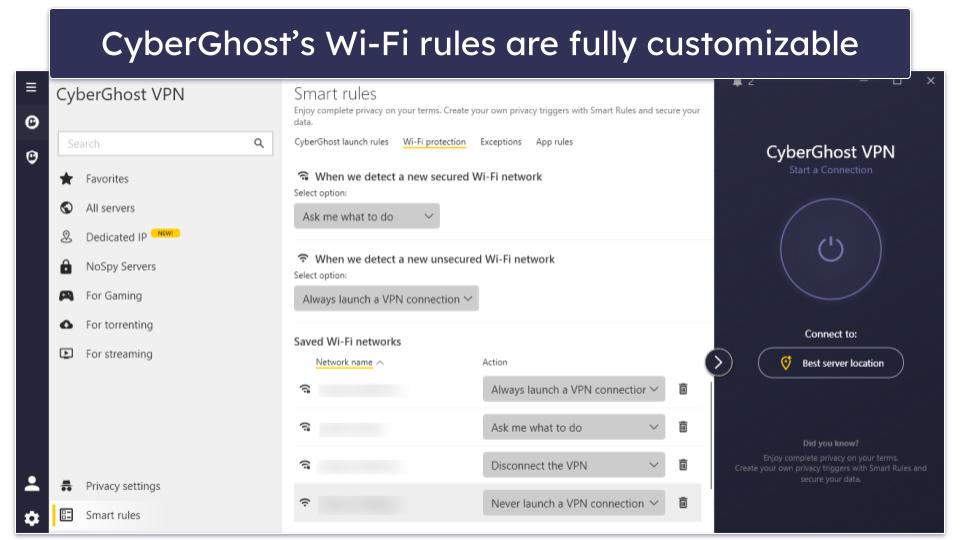Being a part of the tech industry, I have explored countless AI tools, witnessed dazzling demos, and read endless predictions about the future of artificial intelligence.
Yet, for all the hype and promise, a truly clear vision of AI often felt out of reach. That changed the moment I started using NotebookLM. At first, I was ready to dismiss it as another note-taking tool with AI integration.
However, after using it for several weeks, I can confirm that NotebookLM isn’t just an AI assistant. It’s a major shift in how we interact with information and gives a glimpse into what the future of AI looks like.
An AI tool that doesn’t scrape data from the internet
Relies on my added sources only
NotebookLM differentiates itself with its fundamental design choice: it doesn’t scrape data from the internet. This might sound like a limitation at first, especially when so many other AI tools boast about their vast knowledge bases.
Think about it: when you use a regular search engine or a general-purpose AI chatbot, you are essentially getting data from an unfiltered ocean of information.
Make no mistake, it’s fantastic for broad queries, but when you need focused, reliable insights for a specific project, these tools aren’t productive at all.
NotebookLM operates purely on the sources I choose to add. It’s like I’m building my own personalized, hyper-focused search engine from the ground up.
I can upload my PDFs, my Google Docs, web articles, YouTube videos, and regular text, and that becomes the universe of information I can draw from.
NotebookLM doesn’t break these boundaries.
Creating new notebooks requires some initial work, but the effort is worth it.
When I take up a new research project, I create a new notebook and fill it with academic papers, meeting notes, and internal documents that are directly relevant.
When I ask it a question, I’m not just getting a generic answer. I’m getting an answer specifically tailored to the context I have provided.
Compatibility with diverse sources
Markdown, Google Docs, YouTube, and more
This is where NotebookLM truly shines for anyone trying to build a robust knowledge base: its flexibility with source types. Before NotebookLM, my research process was a mess.
I would have a Google Doc open for notes, a dozen browser tabs for articles, a YouTube video playing in the background, and maybe a few thoughts jotted down in Google Keep or a Markdown file in Obsidian.
However, with NotebookLM, I can pull all of these pieces together into one brain for my project.
What really impressed me is its support for Markdown files. This means I can integrate my highly structured notes from Obsidian and bridge the gap between my existing note-taking system and the AI’s analytical power.
The breadth of these options means I have ample flexibility to create an effective notebook from scratch.
Audio Overview is a game-changer
And question-based interactions
Thanks to its Audio Overview and question-based interactions, NotebookLM reshaped how I approach information. These are genuine productivity boosters, especially for someone who deals with a lot of dense material.
Recently, while building my first home lab, I wanted to learn about Docker platforms and containers. I created a new notebook in NotebookLM and added a few lengthy YouTube videos from my favorite creators, several web articles, and a Markdown file from Obsidian.
After everything was up and running, I started asking the following questions.
- What’s the difference between a Docker image and a Docker container?
- How are Docker containers different from traditional virtual machines?
- Can you list some common use cases for Docker?
- If I want to build a simple web application using Docker, what are the first steps I need to take?
- What are the best Docker containers for productivity?
Within a few minutes, I was able to understand the basics of Docker. I can even generate an audio overview and listen to it in an easy-to-understand language.
Ideal for professional productivity
Anyone dealing with information overload
It’s sufficient to say that NotebookLM boosted my professional productivity. I often receive lengthy reports or policy documents that I need to understand quickly. I usually upload them to NotebookLM and ask it to summarize key findings.
NotebookLM also makes onboarding a new team member smooth. I can curate a NotebookLM notebook with project details, company policies, and FAQs, and share the entire notebook with others.
The person can ask relevant questions and get answers in no time.
More than hype
Overall, NotebookLM stands out not just for what it can do, but for how elegantly it clarifies AI’s purpose: to simplify our lives.
It’s not about replacing us, but about giving us superpowers. It sparks new ideas from existing knowledge and brings our complex thoughts to life with ease.
Google has already launched NotebookLM mobile apps, and I can’t wait to see what the search giant has in store for us in the future.
It’s sufficient to say that I have added NotebookLM to my setup, and I’m definitely going back to my old ways anytime soon.







